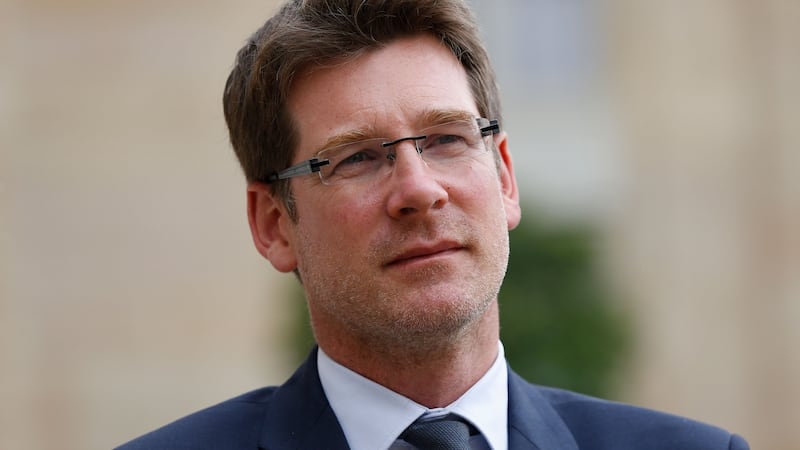The European Union has committed to cut its carbon admissions by at least 55 per cent over the next nine years, compared to 1990 levels. It's intended as a step on the way to reaching carbon neutrality by 2050, by which point the bloc aims to emit no more of the greenhouse gas than it can absorb.
It’s all part of the so-called European Green Deal: an umbrella term for an array of targets, laws, funding and incentives for climate-friendly innovation and industries that its proponents hope will amount to a wholesale transformation of the economies of the 27 member states, all while improving quality of life and maintaining prosperity.
Can it be done? In an attempt to get there, more than 50 new laws or reforms addressing carbon emissions and environmental standards are on the legislative schedule of the EU institutions over the next 18 months, according to a tally by the chairman of the European Parliament's environment committee, MEP Pascal Canfin.
Before any become concrete, they must make it through the EU legislative process: first, proposal by the European Commission, then negotiations with the national leaders of EU countries and the European Parliament, and finally agreement on a compromise.
Each negotiation is a grand clash of interest groups, with intense lobbying from industry, NGOs, diverse member states with varying interests, and tussling between Europe’s political groups.

Watershed year
“Each file is a battle,” says Canfin, a French MEP from president Emmanuel Macron’s party. “Sometimes it’s some part of the farming community that does not want to change its practices, sometimes it’s one industry that do not want to change either, and so on and so on.”
Nevertheless, he describes the past year as a watershed for climate issues. Of the EU’s landmark Covid-19 recovery fund, €250 billion is committed to green reforms, and funds are tied to requirements not to do environmental harm.
Crucially, while there are intense disagreements over how to reach the climate goals, and green campaigners continually warn that targets are too modest or insufficiently enforced, there is no longer significant division over the aim of cutting emissions in itself. Those warning of the imminence of catastrophic climate change have won the argument. Green has become mainstream.
“The direction of travel is very clear and unchallenged,” Canfin said. “I mean, for the green deal agenda, we’re looking at changing the state aid regime, the competition policy, the budget policy, the industrial policy, the trade policy . . . there is no taboo anymore. This has never before been the case.”
Internationally, the mood is favourable, as US president Joe Biden has announced similar ambitions with his Green New Deal. Germany has decided to harden its carbon emissions targets to cut 65 per cent by 2030 – a response to a ruling by its constitutional court, which found its prior goals placed too great a burden on future generations.
A shift in position by the major car-making nation towards electric vehicles would be significant for the continent, to say nothing of the possibility of a Green leader succeeding Angela Merkel as chancellor (a lot can happen before the vote in September, but currently Annalena Baerbock's Alliance 90/The Greens are dominating the campaign).
‘Zero pollution’ plan
To give a sample of the EU’s heavily green legislative agenda: on the table are proposals to start charging the airline and maritime transport industries for their carbon emissions; to strengthen legally binding national emissions targets in the agriculture, building, transport, and waste sectors; to mandate energy efficiency in buildings; to protect wetland, forest, and meadow carbon sinks; to incentivise the use of renewable energy and electric vehicles – to name a few.
The latest is a plan for “zero pollution” laid out by the European Commission on Wednesday. It would aim to half plastic litter in the sea, cut the amount of microplastics released into the environment, and half the number of premature deaths due to polluted air (air pollution shortens the lives of over 400,000 Europeans a year, according to the European Environment Agency).
But hidden within the zero pollution proposal is a clue about the difficulty of the task ahead. Much of the proposal involves not new laws, but the implementation of existing regulations which have either been ignored or patchily enacted within member states.
Implementation is a perennial problem, particularly when it comes to climate and environmental regulations, which often govern acts that take place in remote locations, policed by under-funded local authorities, backed up by national powers that can be indifferent at best. Communication, public buy-in, and enforcement at national level will ultimately decide whether the EU’s climate ambitions will come to pass or remain paper targets.











